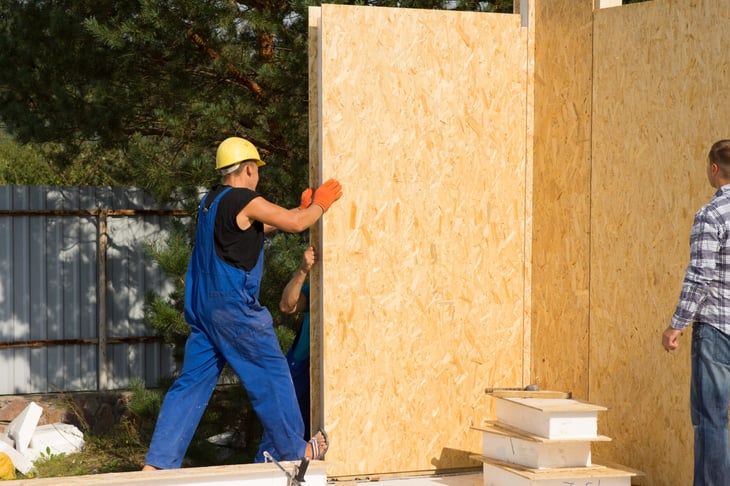
Editor's Note: This story originally appeared on Point2.
Until recently, the idea of prefabricated homes would conjure up images of cheap, low-quality structures with no hope of keeping the elements at bay.
However, times have changed, and as technology improves, prefab houses have risen in popularity, especially in light of the tiny house and sustainable living movements.
So, if you’re looking to purchase a new home, it’s well worth considering prefab housing as a viable option. With that in mind, read on to find out everything you need to know about prehab homes.
What Is a Prefab Home?
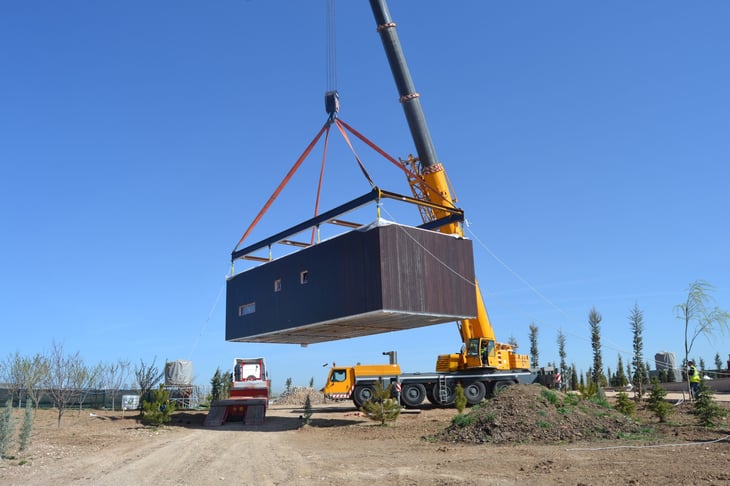
Most homes are constructed in place and can never be moved. In contrast, prefab homes are built in an off-site factory, piece by piece.
They can then be transported to the house site and quickly assembled, typically by professional home builders but sometimes by the owner themselves.
Prefab housing essentially offers a more affordable and sustainable, not to mention faster method for homeowners to build a new home.
But not all prefab homes are built the same. Indeed, nowadays, they can be completely customized to suit specific needs.
Types of Prefab Houses
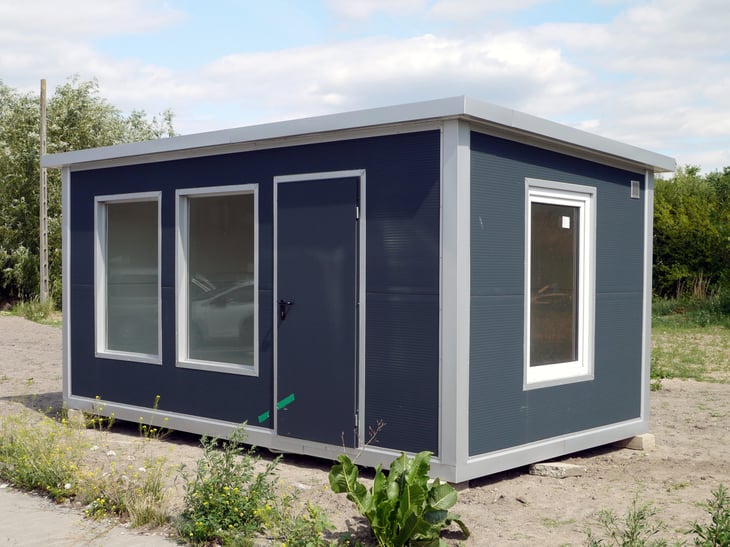
Modern prefab housing comes in all shapes, sizes and styles. You’ll find several different types of constructions to choose from, each with its advantages and disadvantages.
For the most part, the different types of prefab homes can be split into three main categories.
1. Modular Homes
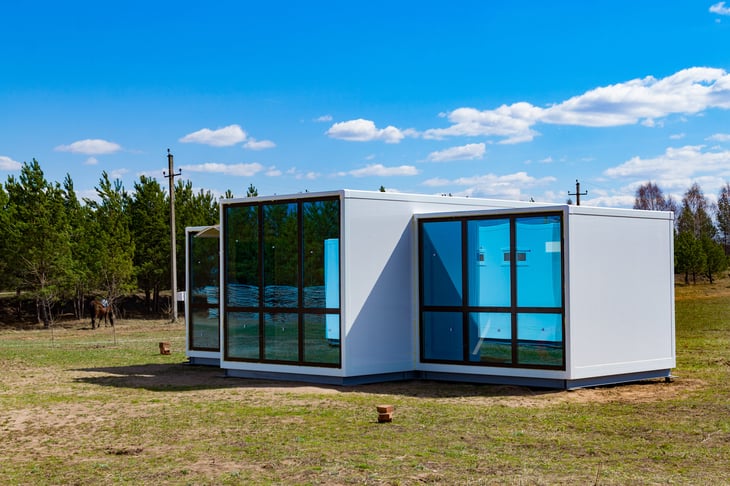
Modular home construction doesn’t necessarily refer to a housing style but a building method. They’re constructed from premade building blocks that follow local codes and restrictions. The blocks and sections are then transported to the house site before being assembled on concrete foundations.
Modular homes can be made to suit almost any style and become a permanent structure once assembled, which is more or less indistinguishable from a regular house. Different types of modular homes include:
- Panelized homes
- Hurricane-proof homes
- Green sustainable and zero-energy modular homes
On top of that, the materials used to construct modular houses vary widely. It’s possible to find rustic wooden structures, modern fiberglass options, and heavy steel structures to provide resistance to adverse weather conditions.
2. Manufactured Homes
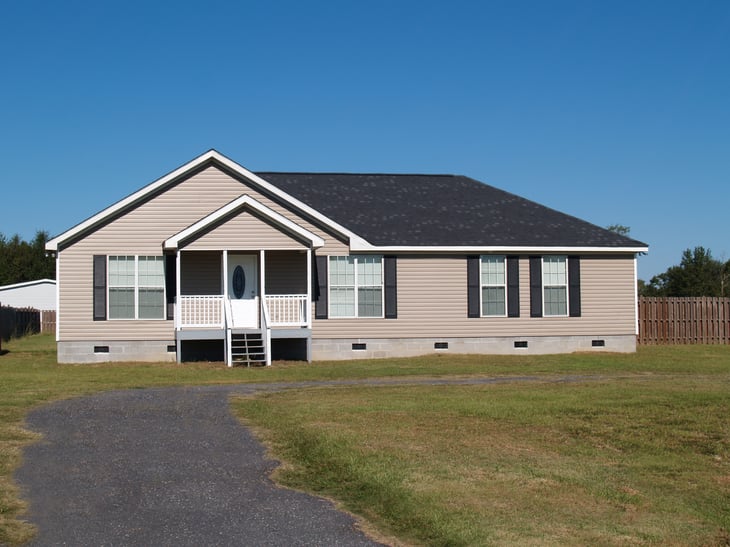
Previously known as mobile homes, this type of prefab housing differs from modular homes in that they’re built more or less entirely in the factory and then delivered to the house site. Unlike modular homes, however, they’re not set in permanent foundations.
As such, they can be moved from location to location. However, they are designed to stay in place for extended periods of time and can also be set in concrete foundations for a more enduring structure.
Due to their moveable nature, manufactured homes don’t follow local building codes. Instead, they adhere to Housing and Urban Development (HUD) code in the U.S., enabling them to be placed in any state. In Canada, this style of prefab housing is rare, with modular options being far more common.
Like modular homes, manufactured houses are available in a wide range of styles and can be constructed from various materials. Due to transportation issues, they can only be built up to a certain size, so for larger structures, a modular home would generally be the better option.
3. Kit Homes
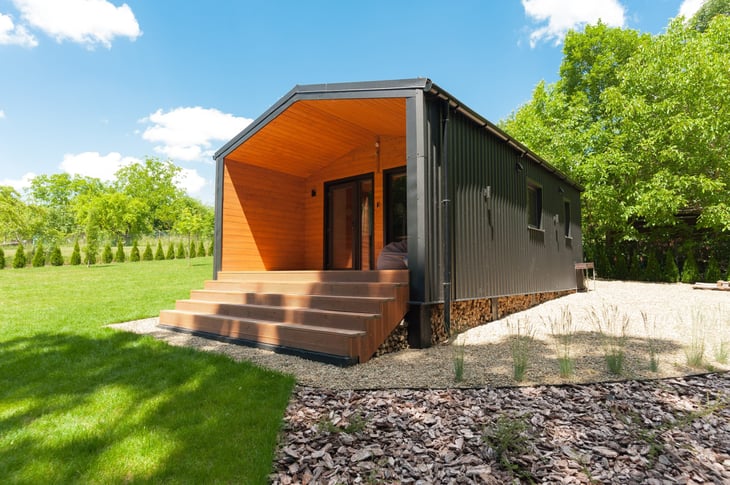
Kit homes are more or less the same as modular housing. The main difference is that they’re designed to be assembled by the homeowners themselves rather than a professional builder. As such, they tend to be smaller, more manageable structures.
Prefab Housing: Pros and Cons

Prefab homes have evolved a lot in the past few decades, so you can find plenty of things to love about them.
However, it’s well worth looking at both sides of the coin before you making the decision to buy one, as there are certainly some drawbacks to consider.
Pro: More Affordable

Prefab homes are far more affordable than building a house from scratch the traditional way. Since the components are fabricated in bulk at the factory, producers are able to keep the costs for materials down considerably.
In addition, buying a prefabricated home means sidestepping third parties such as architects and designers, as this is all included in the package.
Pro: They’re Faster To Build

Poor weather will often delay the construction of a traditional house, alongside various other issues. Fortunately, you don’t need to worry about this with prefab housing.
Built in the factory, they’ll be delivered to the house site and normally just need to be assembled and fixed onto the foundation. The speedy process saves you money on labor costs, too, with many prefabs completed within three or four months.
Pro: More Energy Efficient and Sustainable

Many modern prefab home manufacturers strive to be as energy efficient as possible, adding features such as improved insulation and solar panels and using recycled materials where possible. Not only is this great for the environment, but it will also see you paying less on your monthly energy bills.
Pro: Potential To Relocate
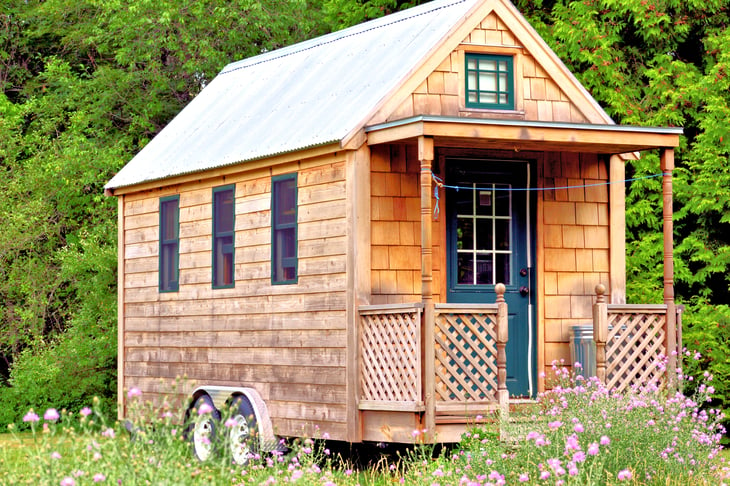
With a prefab, moving house has never been easier. Manufactured homes can simply be picked up and put on wheels, ready to be moved to wherever you’d like to call home next.
Con: Location Restrictions

While there are many things to love about prefab homes, not everyone finds them appealing. Some cities and neighborhoods have limitations on whether they can be built there, with strict zoning regulations in place.
Certain HOAs may prohibit prefab housing due to its perceived negative impact on the assessed value of neighboring properties.
It’s always best to thoroughly research your new location before buying land for a prefab house, and also check for materials and even property size restrictions.
Con: Customization Costs
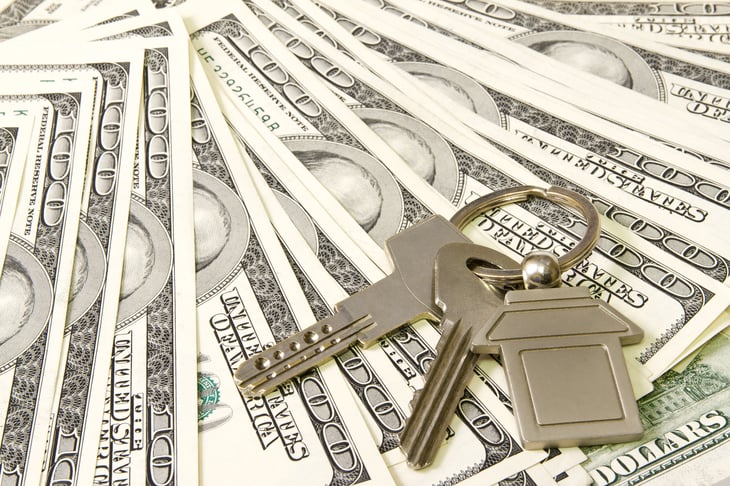
The most affordable prefab homes don’t allow a lot when it comes to customization. Since they’re built in a factory, it’s cheaper to mass produce the same components rather than adjusting the size, shape and layout.
That said, buyers have a say regarding the finishing touches, such as wall colors, door and cabinet styles, and appliances. However, it will cost more to fully customize your build.
Con: Hidden Costs

While the price per square foot for a prefab can be as low as half that of a traditional home, there are other costs to consider. The biggest of these is the land itself since you’ll need to purchase a plot for your prefab to sit on.
Not only that, but you’ll also typically need to pay for soil tests to determine whether the ground is suitable for the structure you have in mind.
Next, it’s essential to remember utility hookups. As a new build, you’ll have to install plumbing, electricity and gas systems, as well as internet and TV hookups. Plus, if your land isn’t served by a local sewer, you’ll need to install a septic system.
Finally, things like paved driveways and landscaping also need to be taken into account, adding further costs to your new home.
Con: Can Be Difficult To Sell

Even though the quality of prefab homes has increased considerably in recent years, many people still have negative preconceptions. This can make potential buyers reluctant to give your prefab a chance if you choose to sell it.
Additionally, lenders can also be wary of prefab housing due to the notion that they may not last as long as the mortgage period, or they could be relocated.
So, if a potential buyer hopes to take out a mortgage to cover the costs, they could find that lenders are reluctant to put up the money.





Add a Comment
Our Policy: We welcome relevant and respectful comments in order to foster healthy and informative discussions. All other comments may be removed. Comments with links are automatically held for moderation.